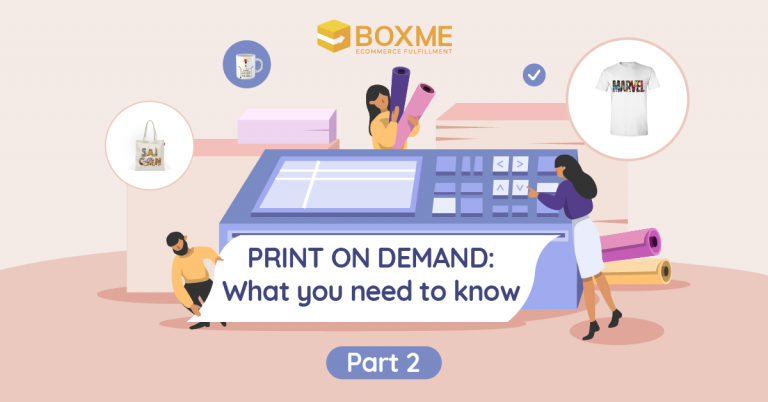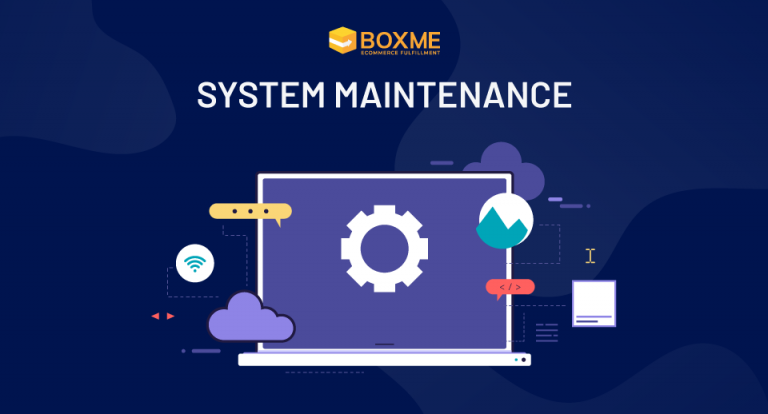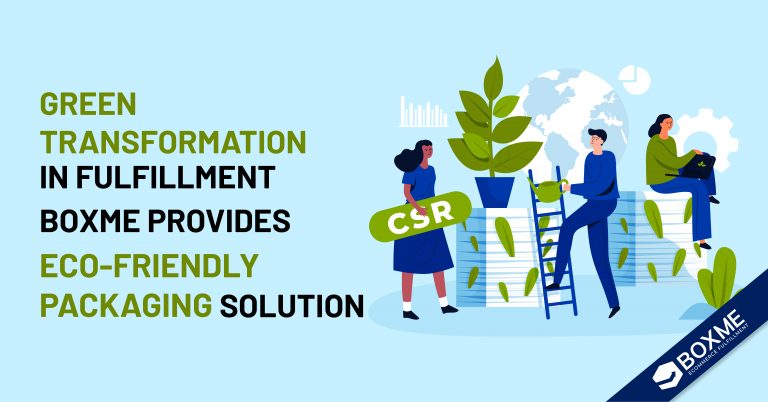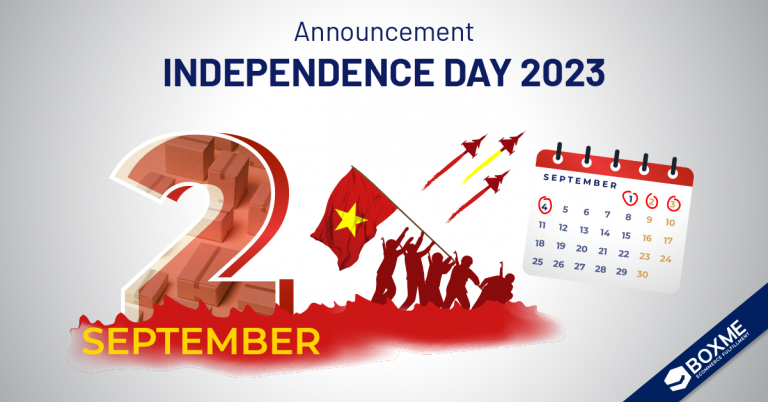Part 1: What is Print On Demand, how does it work and what are the types of POD platforms?
Pros and cons of the POD model
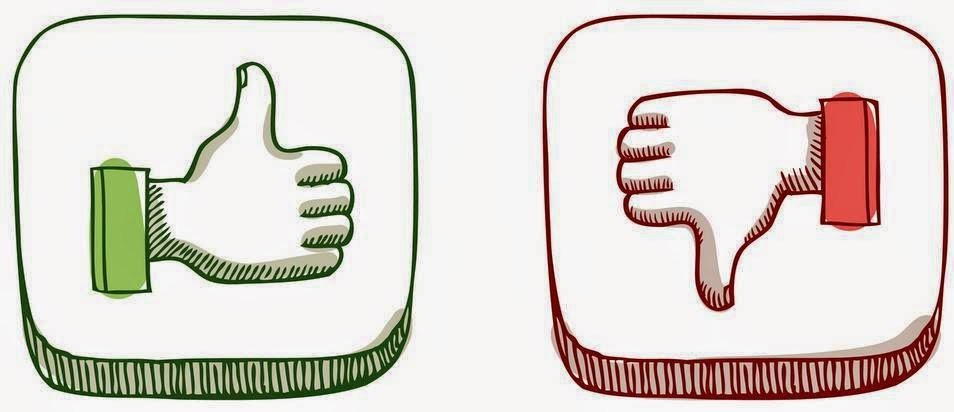
Just like any business model, Print on demand has its own advantages and disadvantages. Take a glance at the next section to decide whether this model is right for you:
1. Advantages
Easy to get started:
Most POD platforms today are user friendly and easy to use. You can easily kick-start your business just by signing up for an account, creating a personal profile on the platform and posting products. Designs usually just take a few minutes to upload without any requirements for technical knowledge.
No inventory worries:
The Print on demand model helps reduce the biggest worry when entering the E-commerce market, which is the cost of storage. Since the product will only be printed and produced after an order is placed by the customer, you will not have to worry about your stock staying in too long and racking up inventory costs. To summarize, common risks in traditional business models such as inventory management or out of stock products will not exist when you choose this model.
Simple fulfillment process:
Another burden for retail sellers is order fulfillment. The product packaging and shipping process consists of many stages, making it difficult for small businesses, retailers or artists to manage. The POD platform will be in charge of all these matters so that you can save time and effort while not being involved in the process of bringing the product to its end customers.
A model of freedom:
All the above advantages contribute to the greatest advantage of the POD model: making more time for you to focus on what you want to do and invest with your business. For example, instead of spending time worrying about shipping and packaging, you can spend it on other tasks that are of your strengths such as creativity, design or community building, marketing and business strategies.
2. Disadvantages
Low profit margin:
When you work with POD service providers, the cost to make the product is higher than the wholesale price, which means that your profits will be reduced. This is extremely understandable, but instead of having to store 1000 products at the same time at wholesale price and finding ways to sell it all, combined with the burden of bringing it to the printing manufacturer for customization, this high price from POD platforms is quite reasonable with all its benefits considered.
Limited customer experience:
While not having to involve in the fulfillment process gives you an advantage, it also limits your control over packaging and shipping options. POD platforms often have a fixed fulfillment process which will make it nearly impossible for you to add a personal touch. For example, if you want to add some details to a package like a gift or a thank you card, POD platforms usually don’t provide said services or it comes at additional charges.
If you are trying to build a strong brand that can communicate with customers across all touchpoints, Print on demand may not be the right choice for you.
Limited data:
If you are a seller who needs statistical data from the market to make business decisions, then POD is not the right path for you. Large E-commerce platforms will often have data and statistics about the product frequency, rate, reviews and sales, from which you can analyze to make an informed decision on which products are suitable for your store. However, POD platforms rarely establish such detailed statistics so it will be difficult for you to make predictions about product or market trends.
Lack of diversity:
The range of products you can sell with the POD model is often limited according to the capabilities of POD service providers. For example, if the POD service provider you choose can only support you in manufacturing fashion products such as clothes and bags, then obviously you will not be able to offer other options such as phone cases or laptop sleeves. This means that you are stuck with these options until you can expand your business further. This factor will not be a problem if you sell popular products such as T-shirts or ceramic mugs. However, POD will not be suitable for retailers who want to be unique or sell products in niche markets.
For example, if you want to customize products that are not so popular, like window guards for example, it will be difficult to find any POD platforms.
Popular POD products
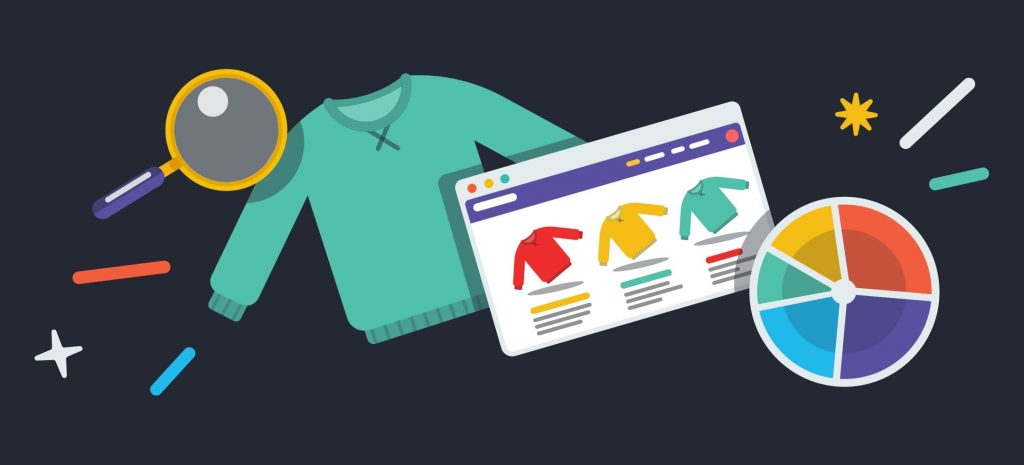
Once you understand the Print on Demand model and feel like this model is right for you, here is a list of some popular products that you can easily find and opt for sale on POD platforms:
1. Fashion
- T-shirt
- Dress
- Leggings
- Skirt
- Shorts
- Hoodie
2. Accessories
- Tote bag
- Socks
- Hat
- Face mask
3. Household items
- Mugs
- Pillows / pillowcases
- Blanket
- Towel
4. Technology accessories
- Phone cases
- Popsocket
We hope that the article has been able to answer some basic questions about the Print on demand model, which can provide you with useful information for your own business.
Boxme is the premier cross-border e-Commerce fulfillment network in Southeast Asia, enabling world-wide merchants to sell online into this region without needing to establish a local presence. We deliver our services by aggregating and operating a one-stop value chain of logistic professions including: International shipping, customs clearance, warehousing, connection to local marketplaces, pick and pack, last-mile delivery, local payment collection and oversea remittance.

